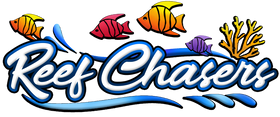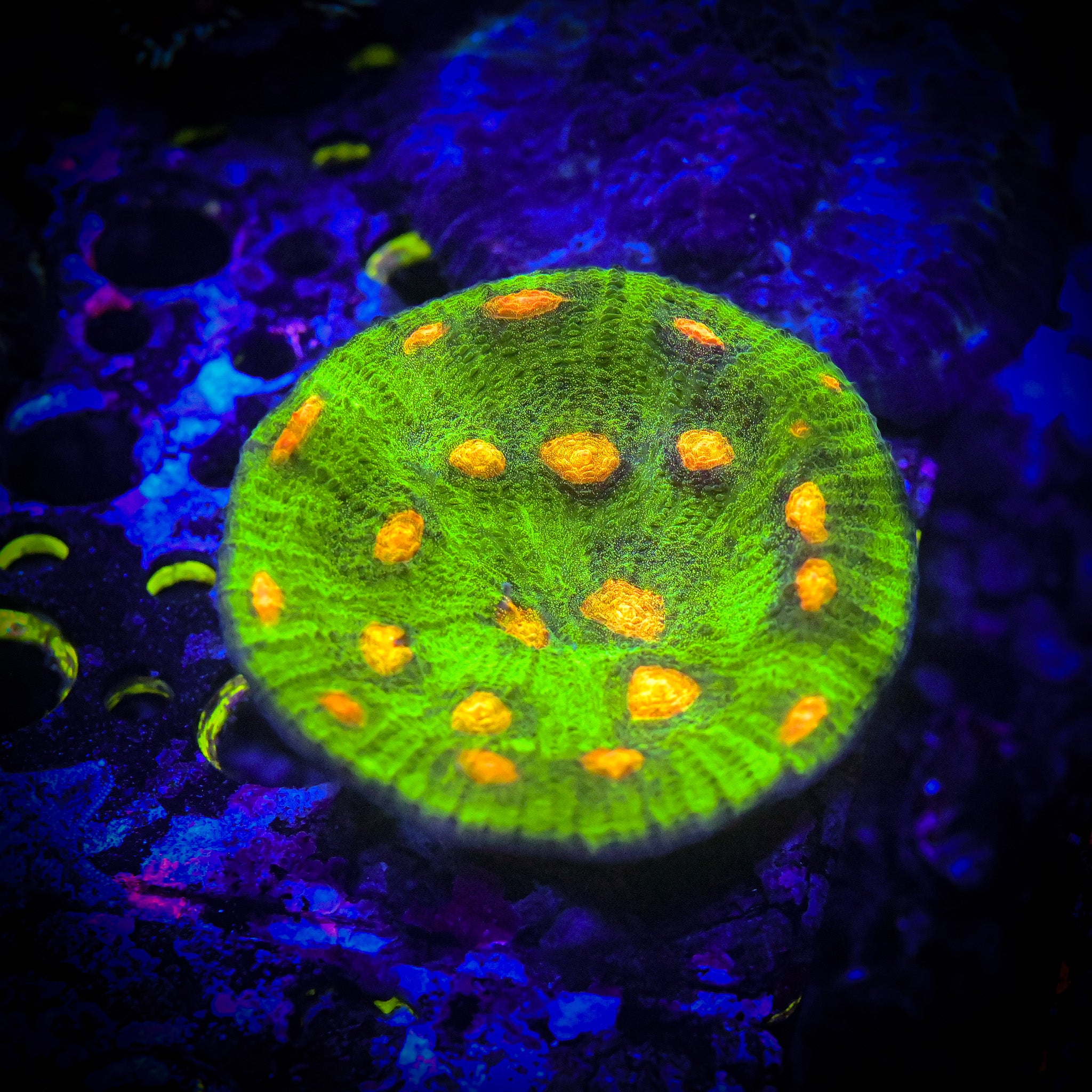| JF Raja Rampage Chalice XL WYSIWYG |
| AQUACULTURED | 2"+ FRAG | WYSIWYG |
|
Lineaged JF Raja Rampage 2" Frag Chalice coral, scientifically known as Echinophyllia spp., is a mesmerizing and highly sought-after species within the realm of reef-keeping and marine aquaria. Named for its cup or goblet-like shape, chalice corals are members of the family Echinophyllidae and belong to the class Anthozoa, which encompasses all stony corals. At first glance, the chalice coral presents a stunning array of colors and textures, ranging from vibrant hues of green, purple, blue, red, and gold to more subdued tones. Its structure typically consists of thick, robust skeletal plates, often adorned with intricate ridges, valleys, and irregularities. These features lend the coral a distinctive and visually striking appearance, making it a focal point in reef aquarium displays. One of the most remarkable characteristics of chalice corals is their ability to exhibit fluorescence under certain lighting conditions. When exposed to specific wavelengths of light, the pigments within the coral's tissues emit a dazzling glow, enhancing its allure and adding an ethereal quality to the underwater landscape. Chalice corals are relatively hardy and adaptable, thriving in a wide range of environmental conditions within tropical and subtropical reef ecosystems. They prefer moderate to high water flow and bright, indirect lighting, mimicking their natural habitat on shallow reef flats and slopes. In the wild, chalice corals can be found scattered across the Indo-Pacific region, including areas such as the Great Barrier Reef, Fiji, Indonesia, and the Solomon Islands. Within the aquarium hobby, chalice corals are prized for their beauty, ease of care, and potential for intricate coloration patterns. They are often propagated through fragmenting techniques, allowing aquarists to share and cultivate a diverse array of chalice varieties. With proper husbandry and attention to water quality, chalice corals can thrive and grow, providing aquarists with years of enjoyment and aesthetic pleasure.
|
|
For more information about this coral and more visit our Coral Care Blog.
|
|
MED-HIGH (200-300 PAR) |
|
| MODERATE | |
| INTERMEDIATE |

